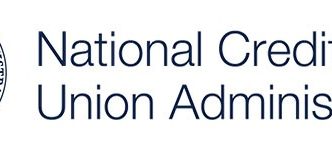The Board of Governors of the Federal Reserve System (FRB), the Federal Deposit Insurance Corporation (FDIC), the National Credit Union Administration (NCUA), and the Office of the Comptroller of the Currency (OCC) released an updated FAQ document on CECL (current expected credit losses) methodology. This document contains already issued FAQs from 2016 and 2017, as well as those updated and newly added in this April 2019 release.
The April 2019 updates include adjustments to Questions #4, #18, #34, and #35. New FAQs to the document are #38-#46.
The notice makes clear that until CECL becomes effective, credit unions (and other institutions) must continue to follow current U.S. GAAP on impairment and the allowance for loan and lease losses (ALLL). Existing ALLL policy statements and guidance will not be rescinded until CECL is effective for all institutions. You may recall that there are different effective dates depending on an institution’s characteristics. For credit unions (non-PBEs) the credit losses standard is effective for fiscal years beginning after Dec. 15, 2021 including interim periods within those fiscal years. So, for a non-PBE with a calendar year fiscal year, the standard is effective Jan. 1, 2022 with the application of CECL methodology applied in its financial statements and Call Reports for the quarter ended March 21, 2022.
The FAQ document is available here. Read the full InfoSight newsletter here.
LEVERAGE offers a complete CECL solution. Click here for details.





